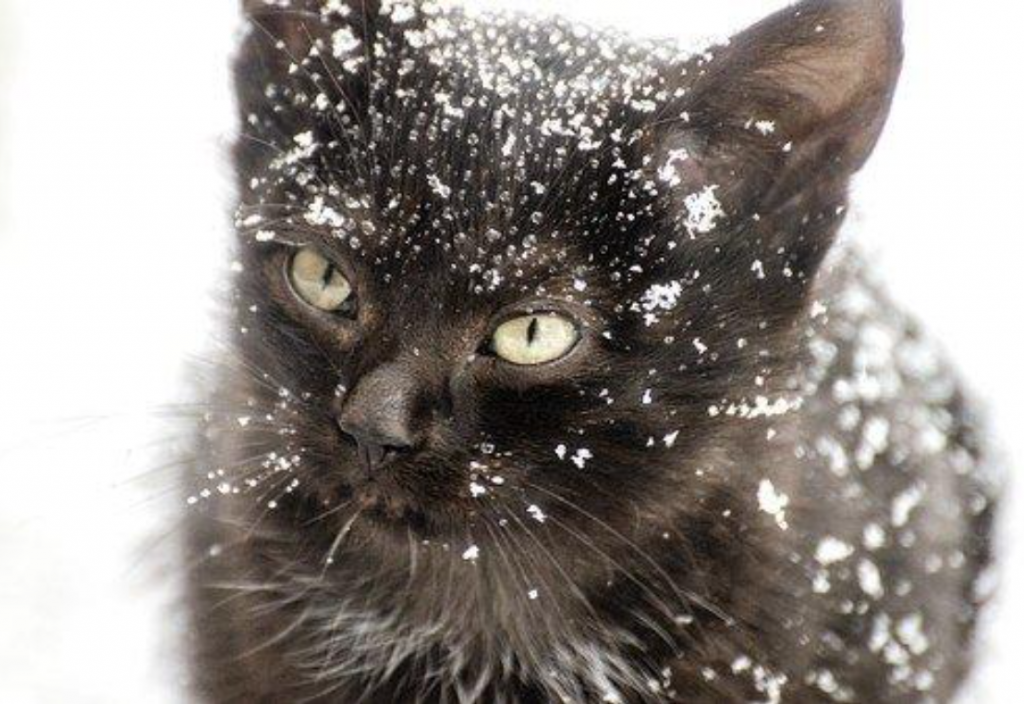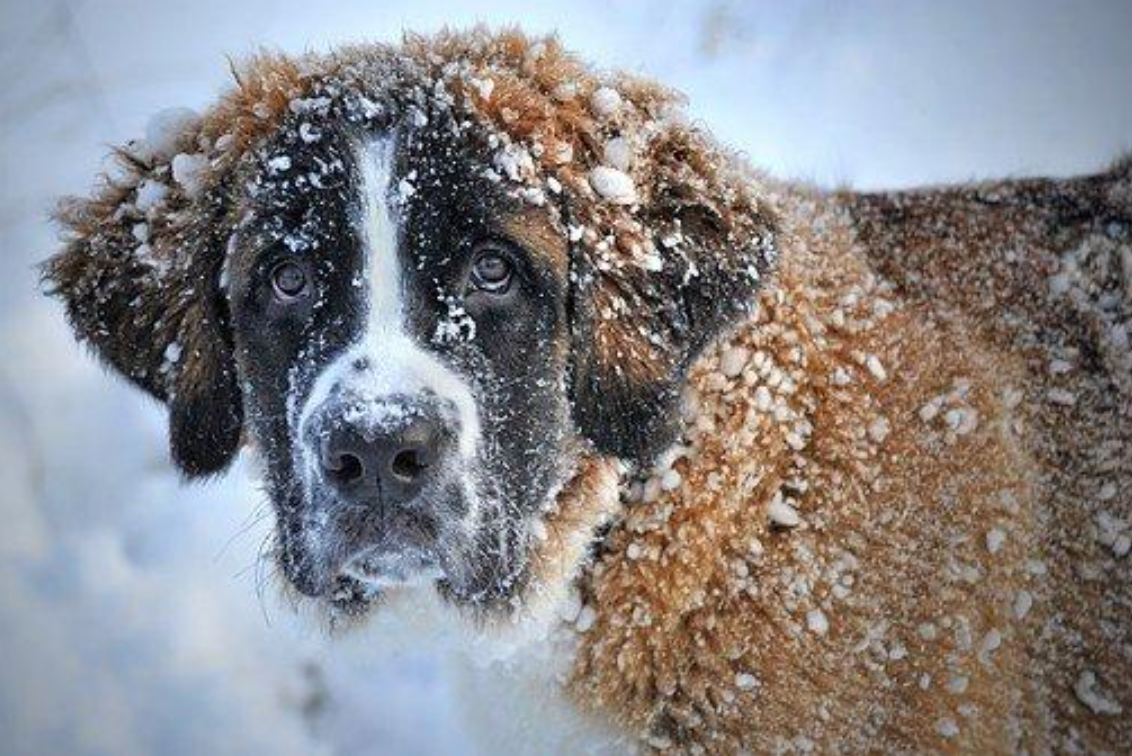Numerous things can help keep your pet comfortable during winter. As a bonus tip, always have your vet’s number on speed dial, just in case your furry friend comes down with hypothermia, frostbite, or other common winter illnesses.
If you live in regions that experience all the four seasons, you’re already familiar with the ravages of winter weather. As temperatures plummet to minus zero degrees Celsius and our bodies become numbingly cold, we can only wait in the hope that spring comes soon enough. The months of winter are not only challenging for us but also for our pets. So, before winter rolls in, you must take every measure to make this season bearable for your furry or feathery friend.
Read on as we unravel some useful tips to keep your pet comfortable this and every winter.
- Keep your pets sheltered.
Most pets, particularly cats and dogs, love it when you leave them to roam freely. That’s the best way they get to explore their surroundings. It also keeps them active and reduces the risks of weight-related diseases like obesity and diabetes.
But during wintertime, it’s better to keep your pets indoors and ensure that they’re warm all the time. While it’s natural to think that your pet is protected from winter just because of his furry coat, pets are not immune from the brutalities of winter weather.
Like humans, pets can also suffer from hypothermia, a medical term for abnormally low temperature occasioned by overexposure to cold. Symptoms of hypothermia include shivering, listlessness, and lethargy.
Besides hypothermia, there are numerous other medical conditions triggered by winter, including frostbite and kennel cough.
- Keep outdoor excursions short.
It may be impossible to contain your pets indoors throughout the winter months, which is understandable. Your furry friend may need to venture outdoors for daily walks and exercise or use the bathroom.
While such breaks are necessary, keep them short. If you’re used to walking your dog for an hour every day, try reducing the duration to half an hour or fifteen minutes during wintertime.
Most importantly, clothe your pet to keep him warm at all times. There are numerous pet stores where you can shop winter dog shoes, sweaters, fleece, and jackets.
Just remember to purchase these items way before winter rolls in, as then, you’re likely to get better bargains in price and quality.
- Cover your pet’s cage with warm clothing
Pets that live in cages are the hardest hit during wintertime. That’s because when building cages, the focus is usually on factors like ventilation and physical comfort.
It’s only when winter sets in that many pet parents embark on frantic searches for the best ways to warm up their pets’ cages.
Well, why not be a proactive pet owner today and invest in a warm shawl or blanket that you’ll use to cover your pet’s cage every winter!
Ensure that you get a shawl for every pet if you have more than one. That will prevent each animal from picking up on each other’s pheromones. And while covering every cage, remember to allow a little breathing space, literally.

- Keep the baths short and infrequent
It’s intuitive to want to keep your pet clean, regardless of the season. After all, proper hygiene is one of the best ways to keep the animal safe from skin infections, right?
However, vets advise against bathing your pet more frequently during winter. That’s for the simple reason that frequent bathing exposes your pet to water, which could make the animal colder.
If you must bathe your pet during winter, do it occasionally and keep every bathing session short enough. Most importantly, don’t let the animal venture outdoors immediately. Instead, allow him ample time so that his coat can dry out completely.
It’s also prudent to bathe your pet using lukewarm water. While cold baths may trigger hypothermia, hot baths could also destroy the natural oils in the animal’s coat. Depending on the water’s temperature, it could cause blistering and open up your pet for a wide range of skin infections.
But here’s the thing – if you can manage to keep your pet indoors most of the time during the winter months, you won’t need to bathe him frequently.
- Eliminate antifreeze
According to the Humane Society of the United States, antifreeze is a deadly poison that, if licked, could present life-threatening symptoms. The toxicity of antifreeze is due to the chemical ethylene glycol.
Incidentally, ethylene glycol also has a sweet taste that your pet and even kids might find attractive.
So, always ensure that you clean up any antifreeze spills immediately before your pet gets a chance to lick it. Also, endeavor to keep all antifreeze out of your pet’s reach.
And if you suspect that the animal has been exposed to antifreeze, consult your vet immediately. Some common antifreeze poisoning symptoms include gastrointestinal issues like vomiting and diarrhea (in case of ingestion), wobbliness, seizures, and incoordination. If untreated, the condition might trigger a coma and eventually kill your pet.
To further limit your pet’s exposure to antifreeze, constantly wipe down the animal’s fur, paws, and muzzle using a damp towel. That will prevent the chemical from irritating your pet’s skin or throat in the event of exposure.
Note: Pet owners with short-haired pets should be extra careful about letting their pets come into contact with antifreeze.
Numerous things can help keep your pet comfortable during winter. As a bonus tip, always have your vet’s number on speed dial, just in case your furry friend comes down with hypothermia, frostbite, or other common winter illnesses.
Reference Links:
https://www.healthypawspetinsurance.com/blog/2018/02/15/5-common-winter-illnesses-in-pets
https://www.humanesociety.org/resources/five-ways-protect-pets-winter
https://www.advantagepetcare.com.au/au/health/five-ways-dog-owners-can-prepare-cold-weather/


Join the conversation!